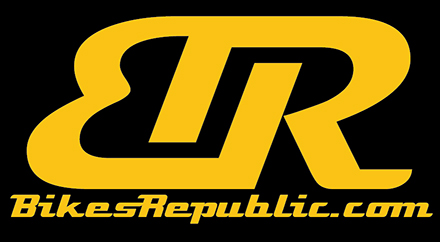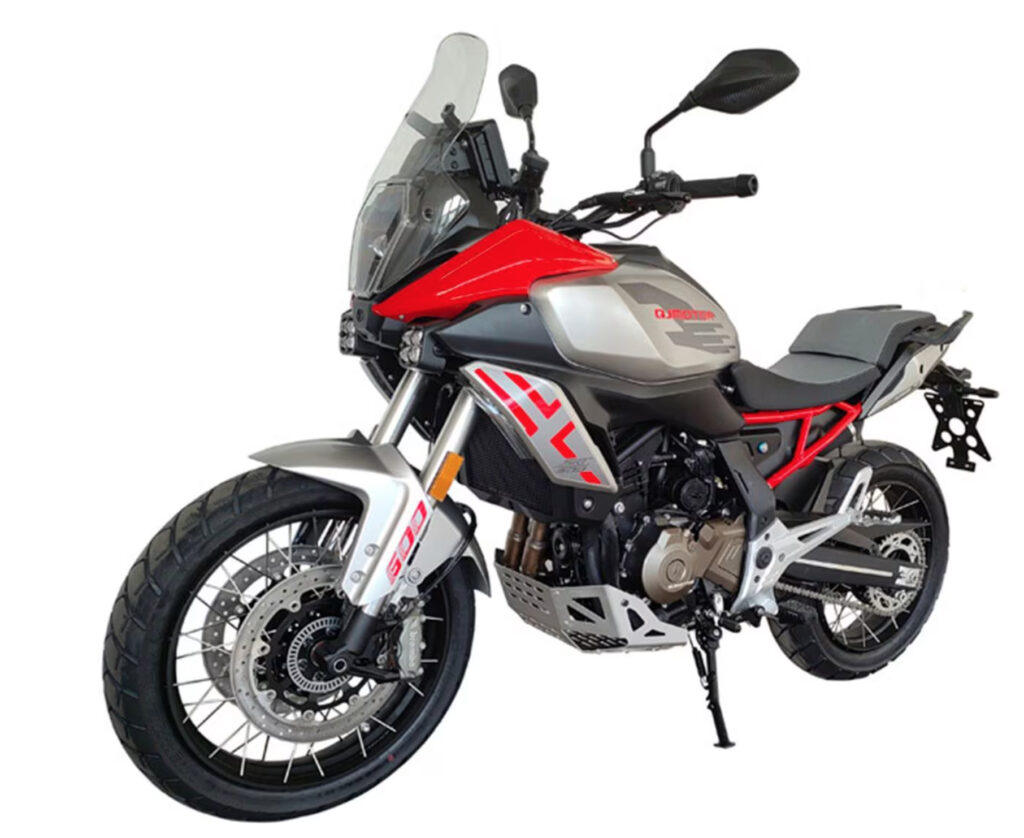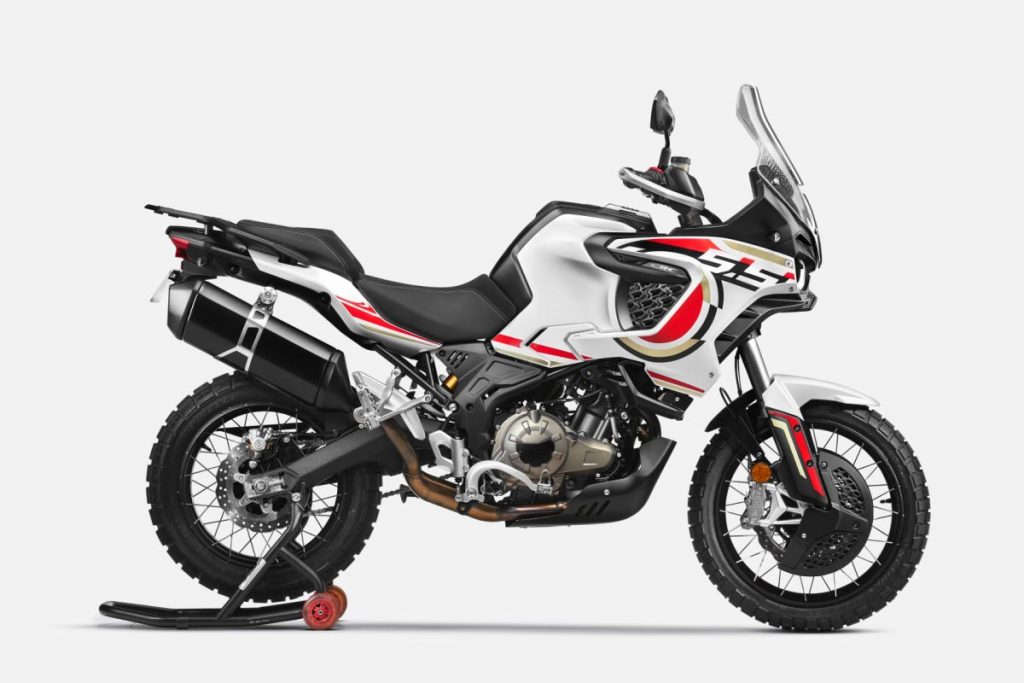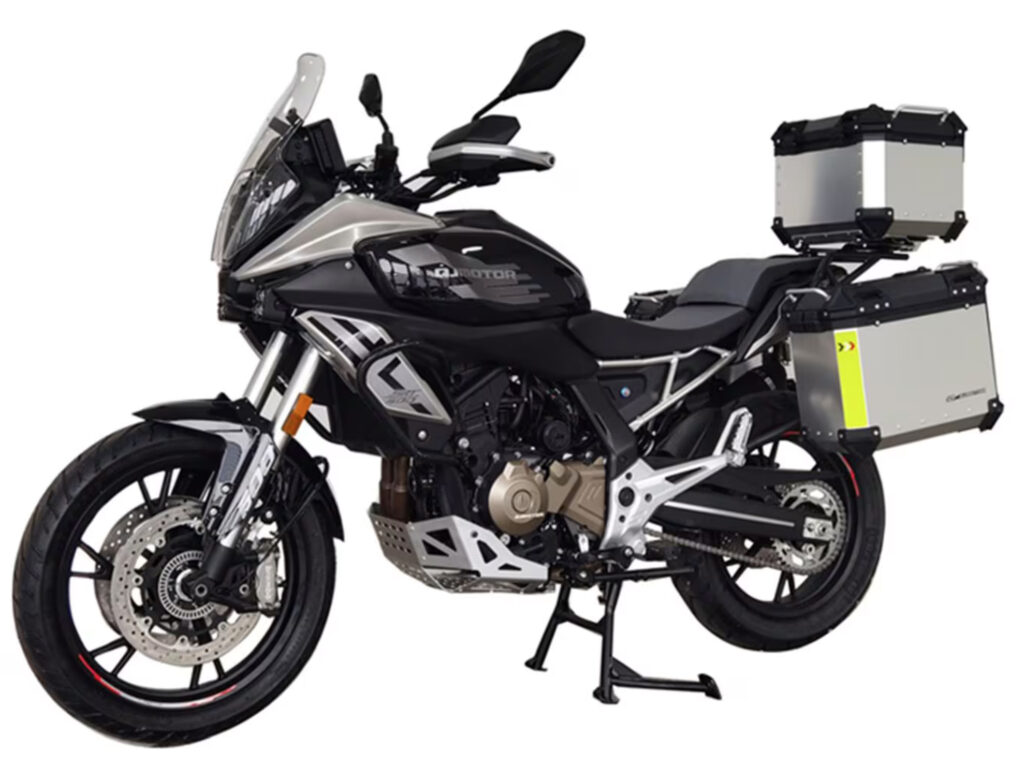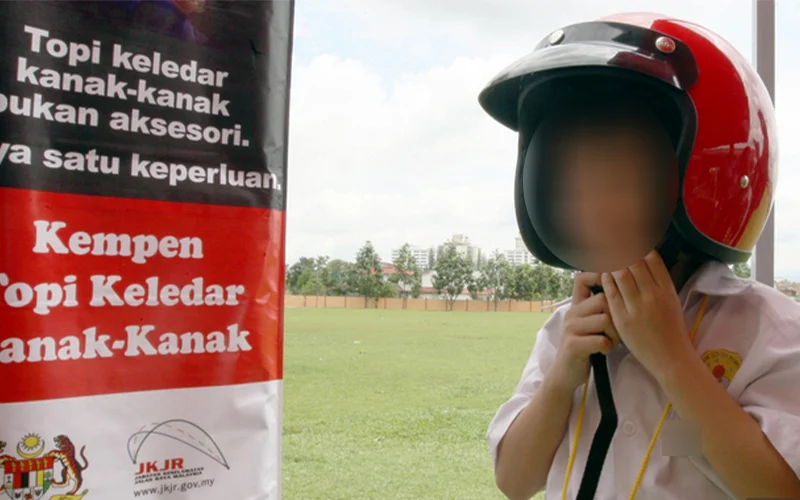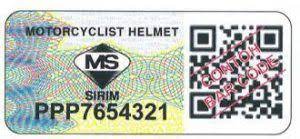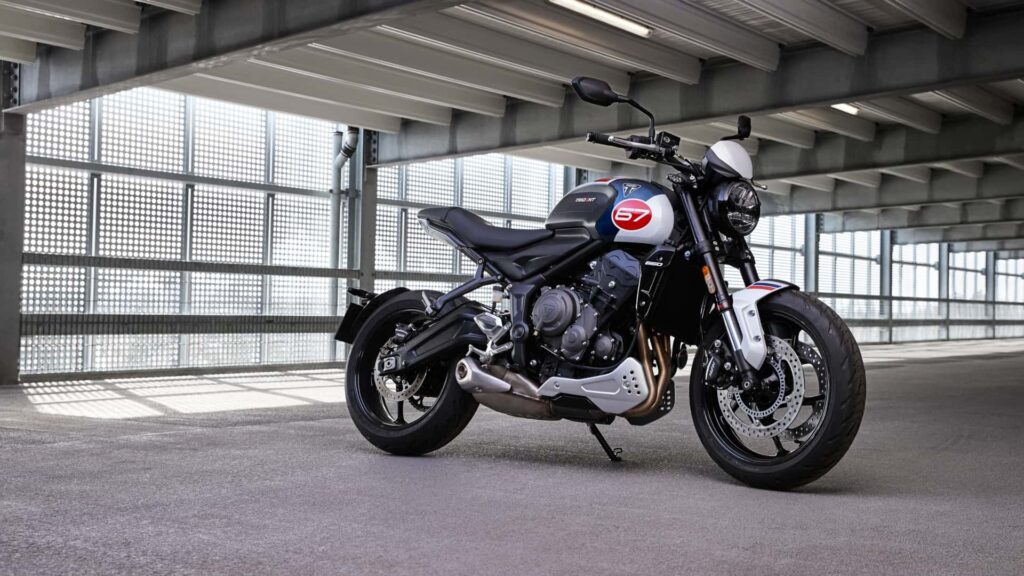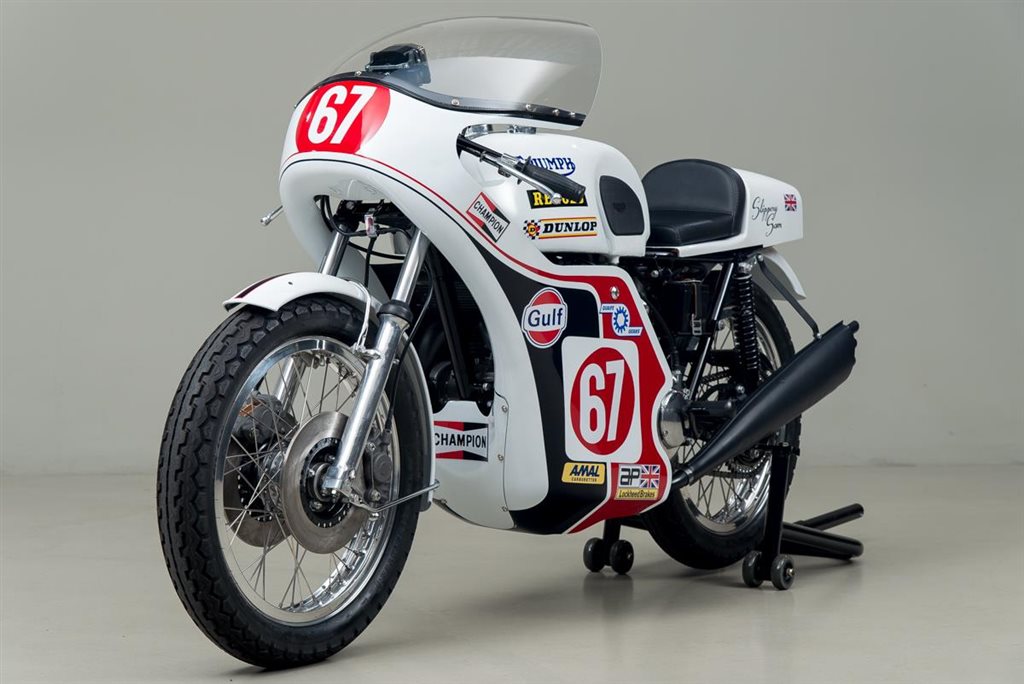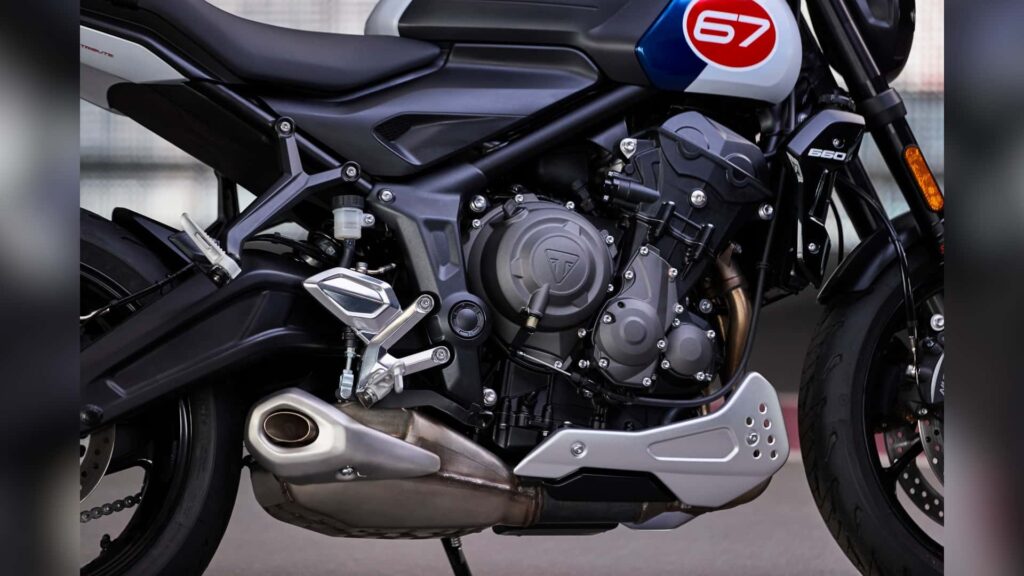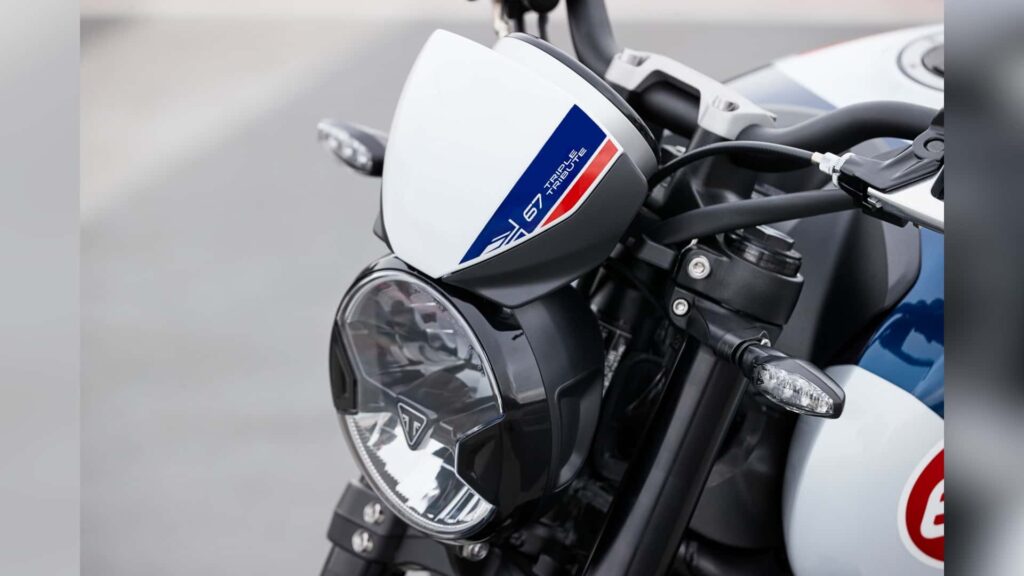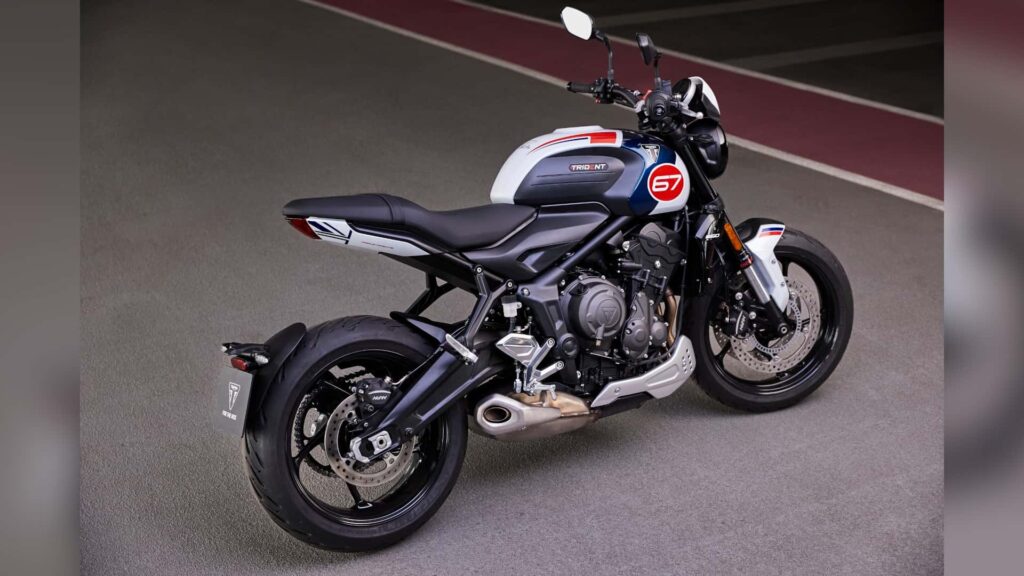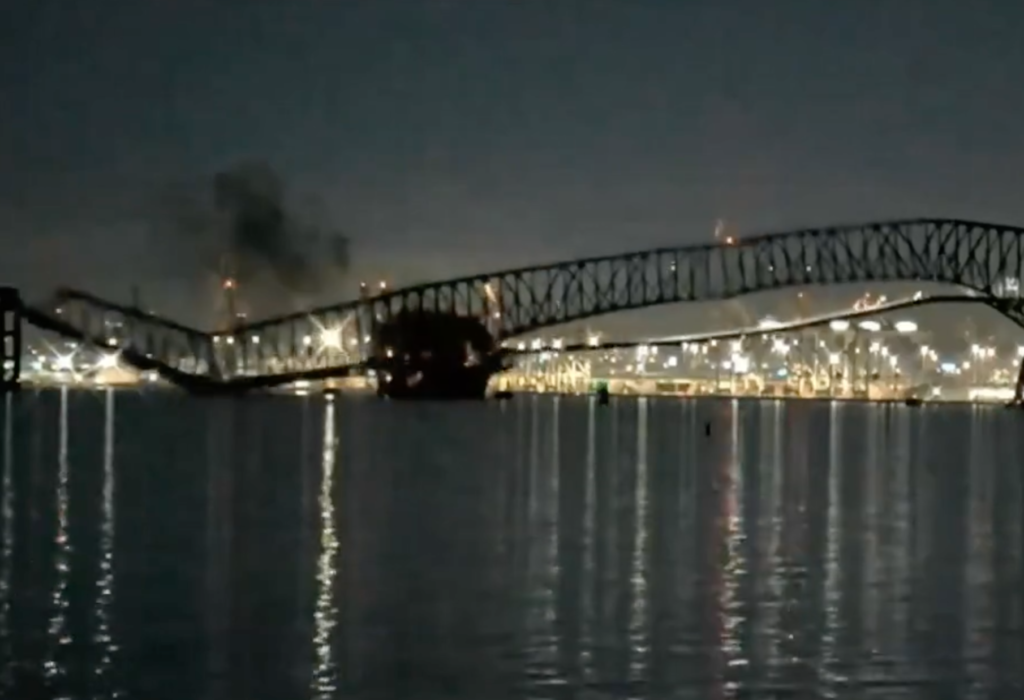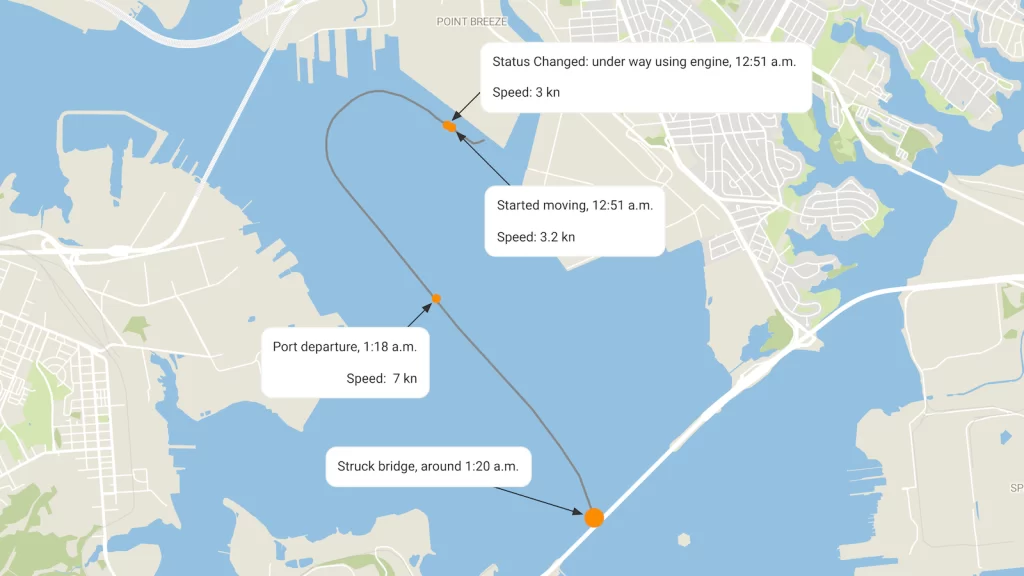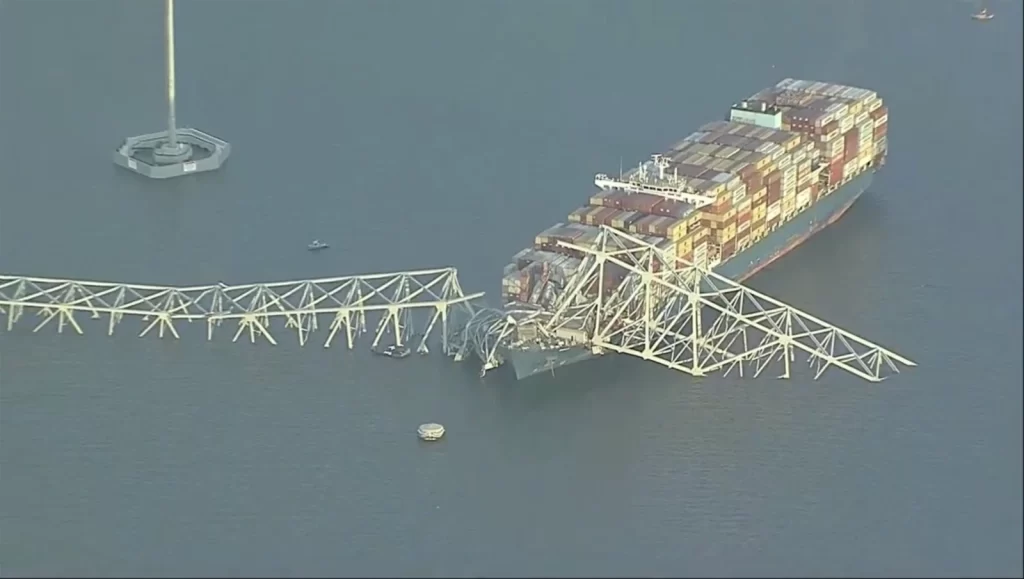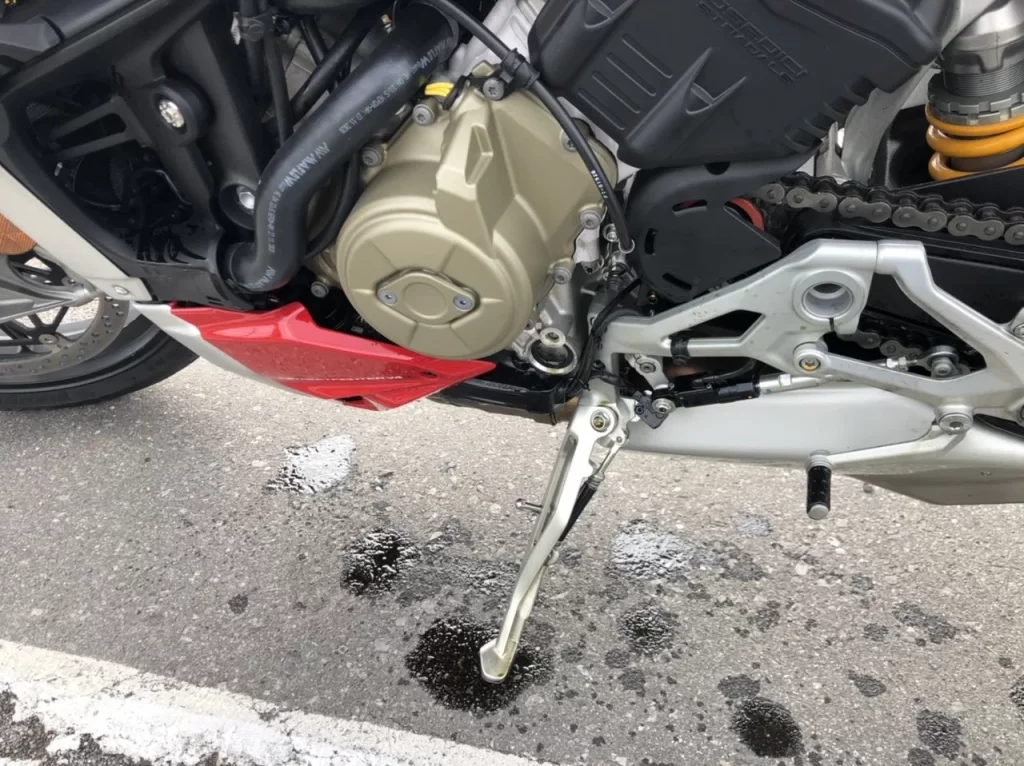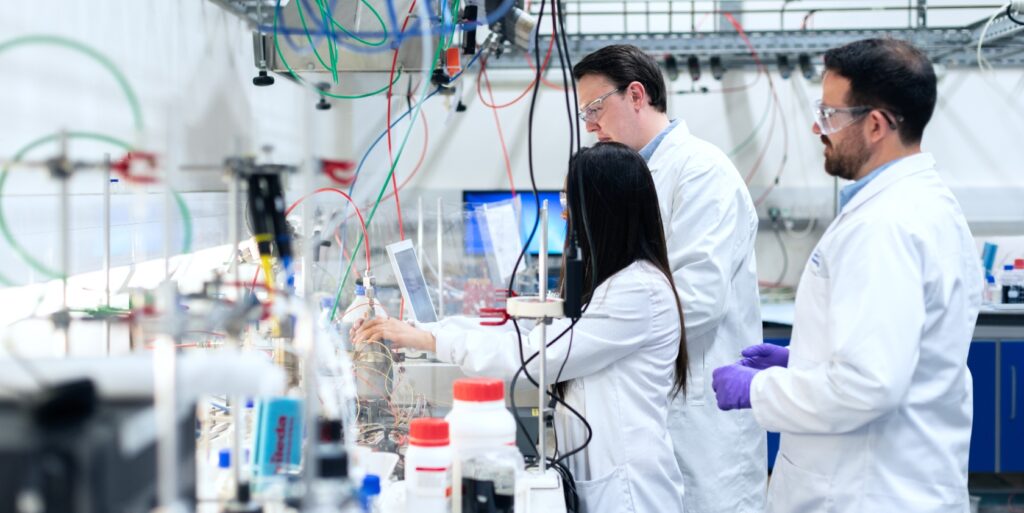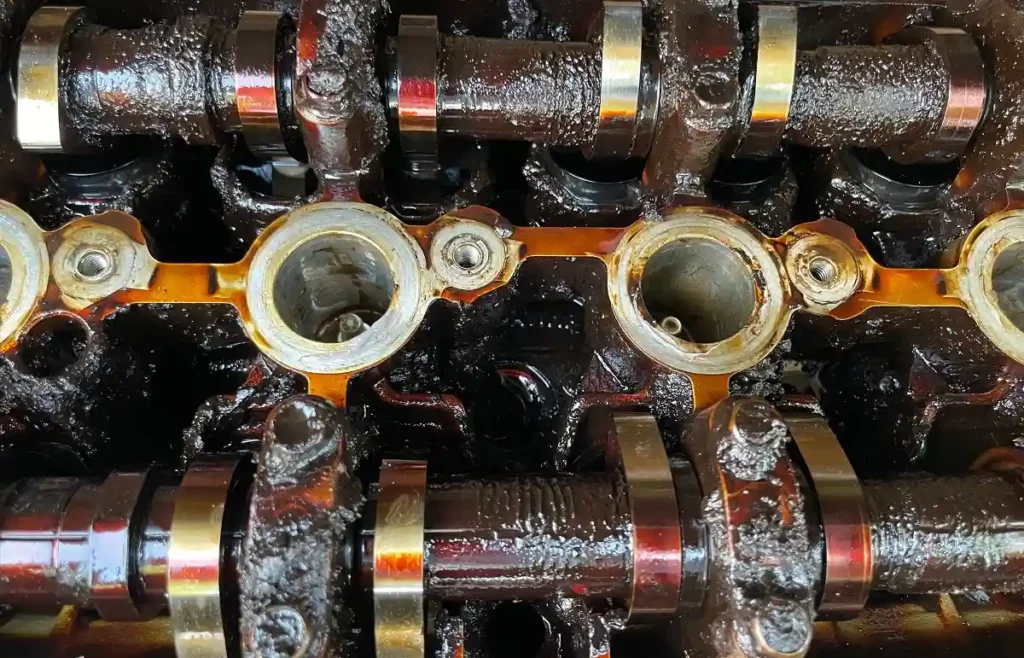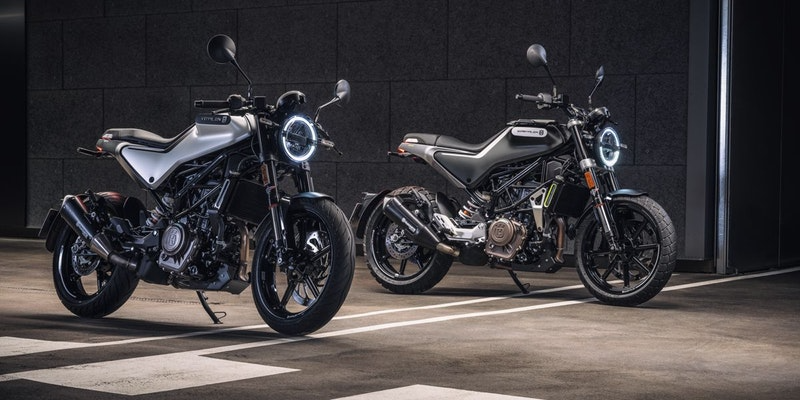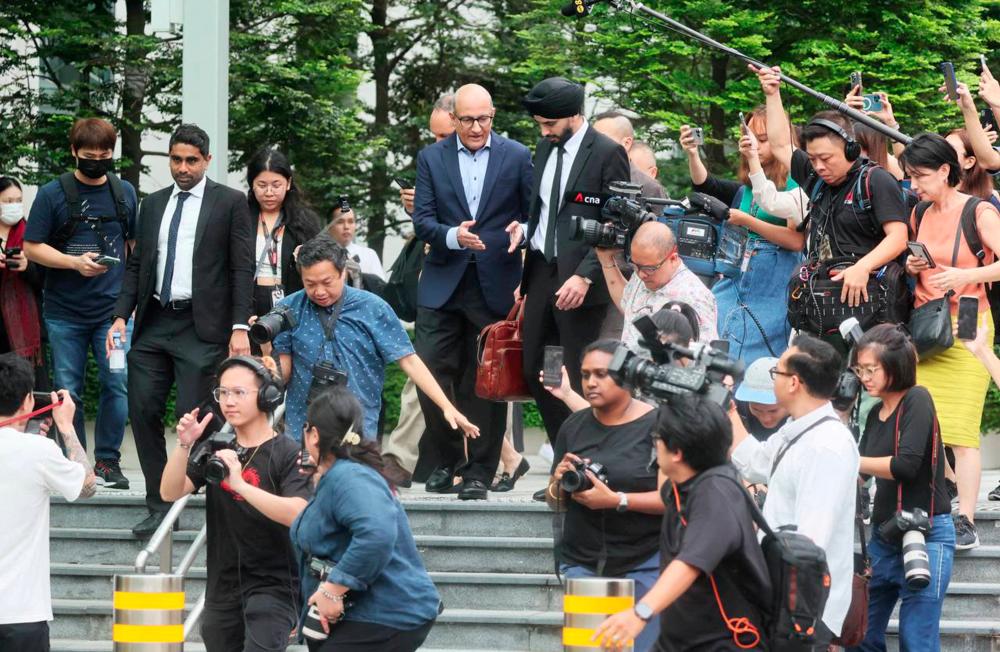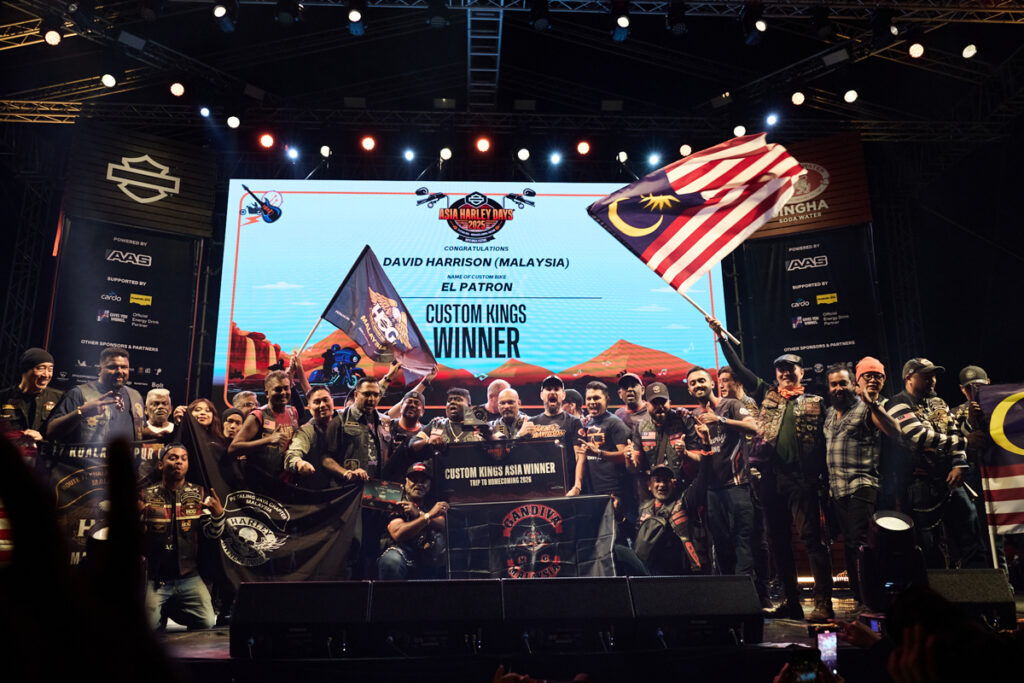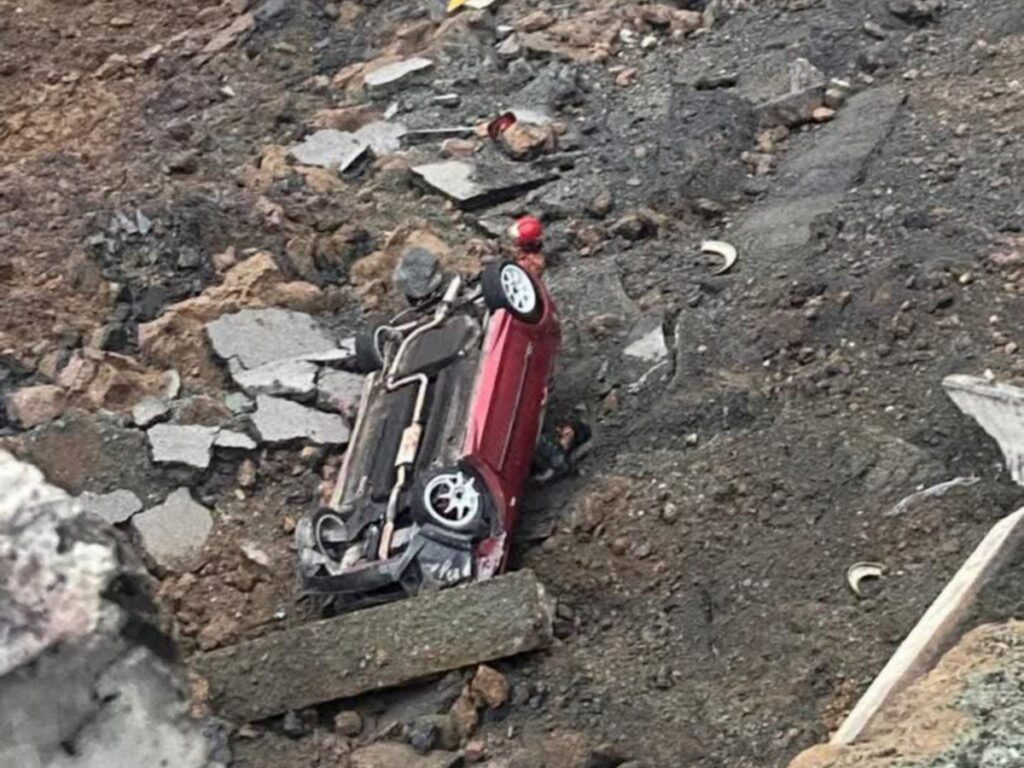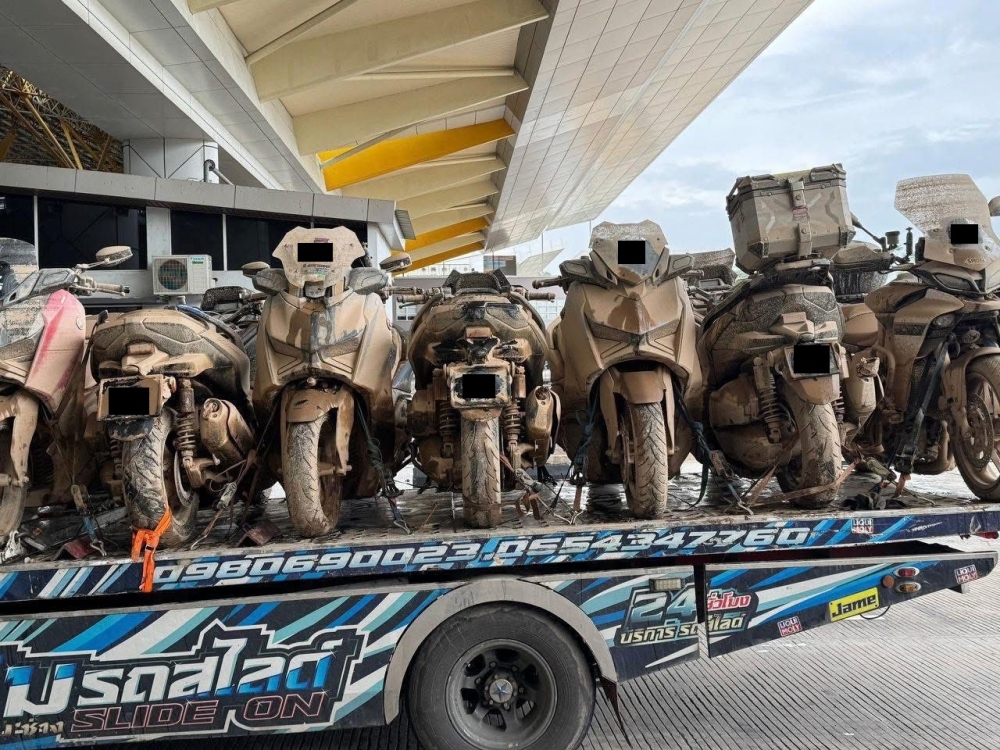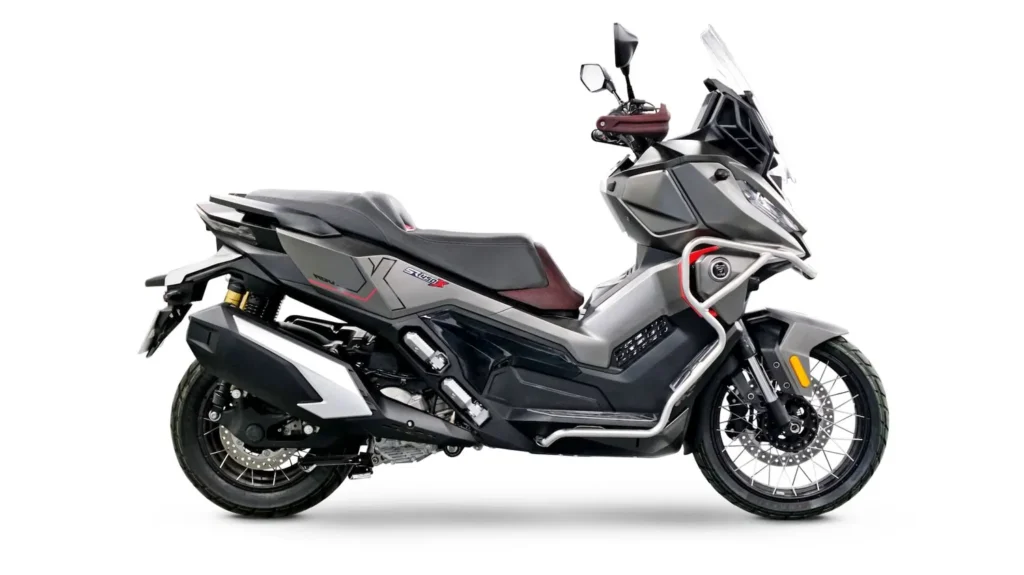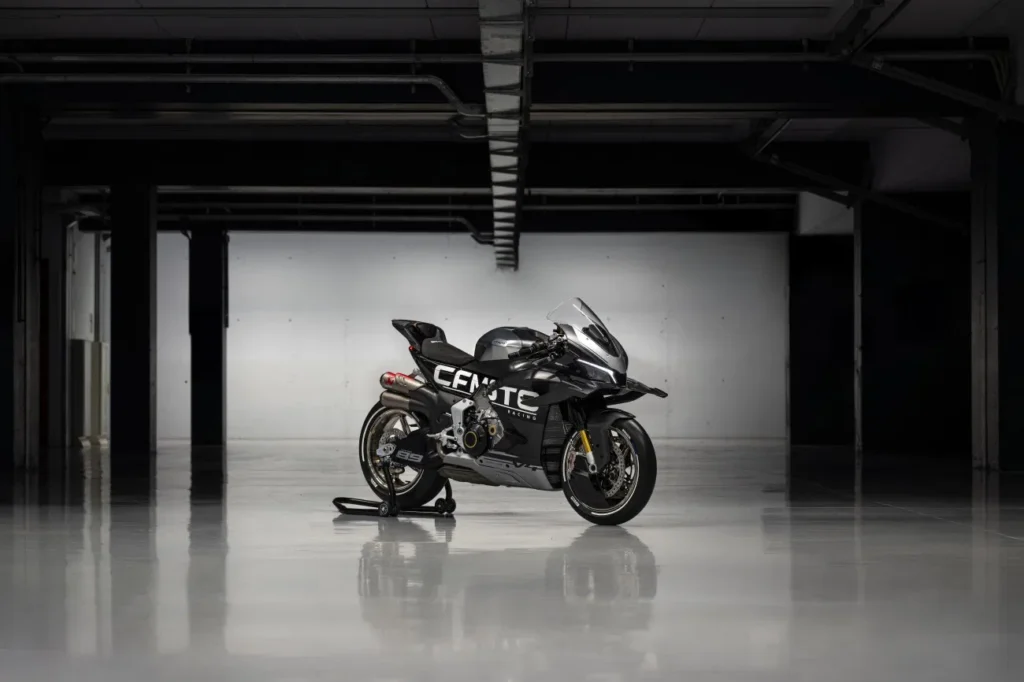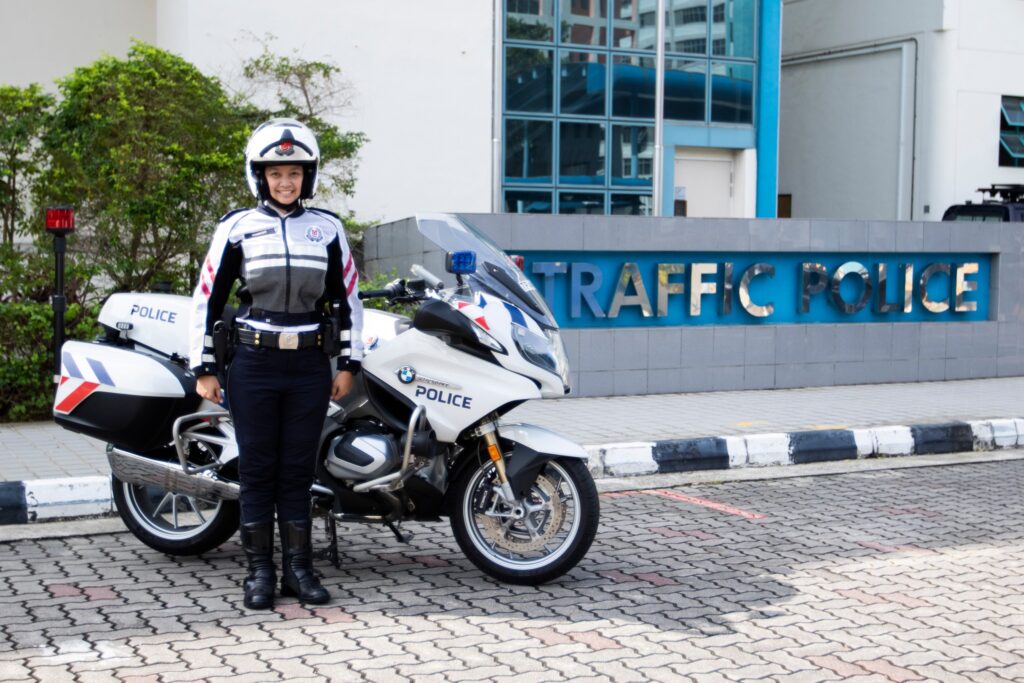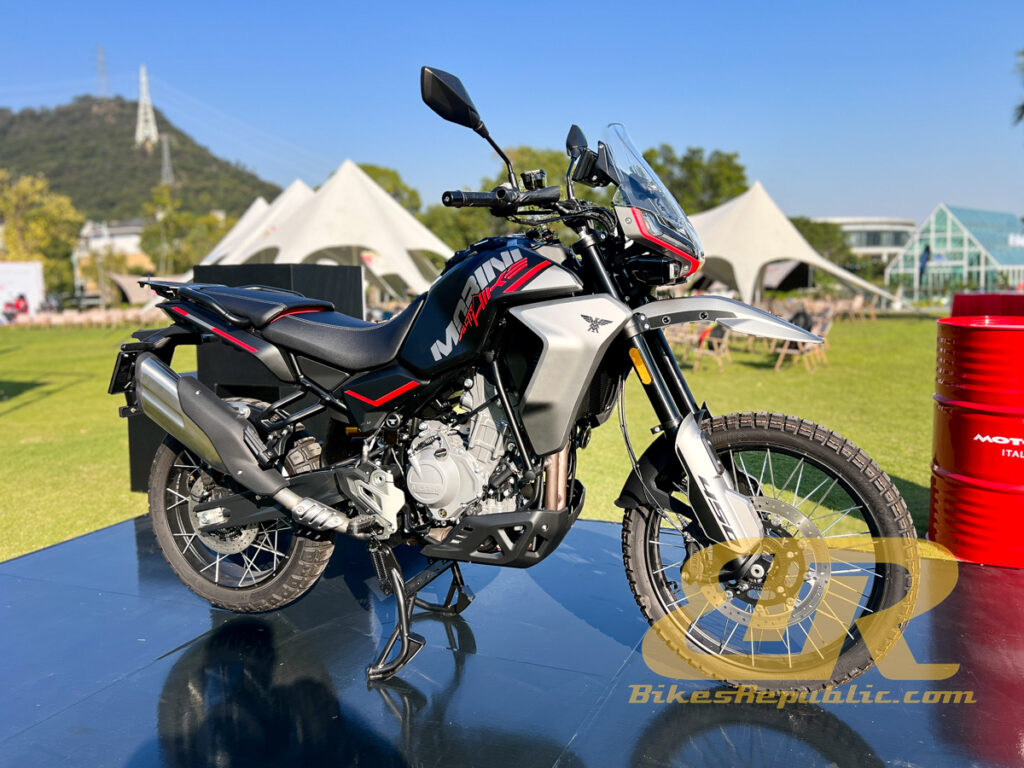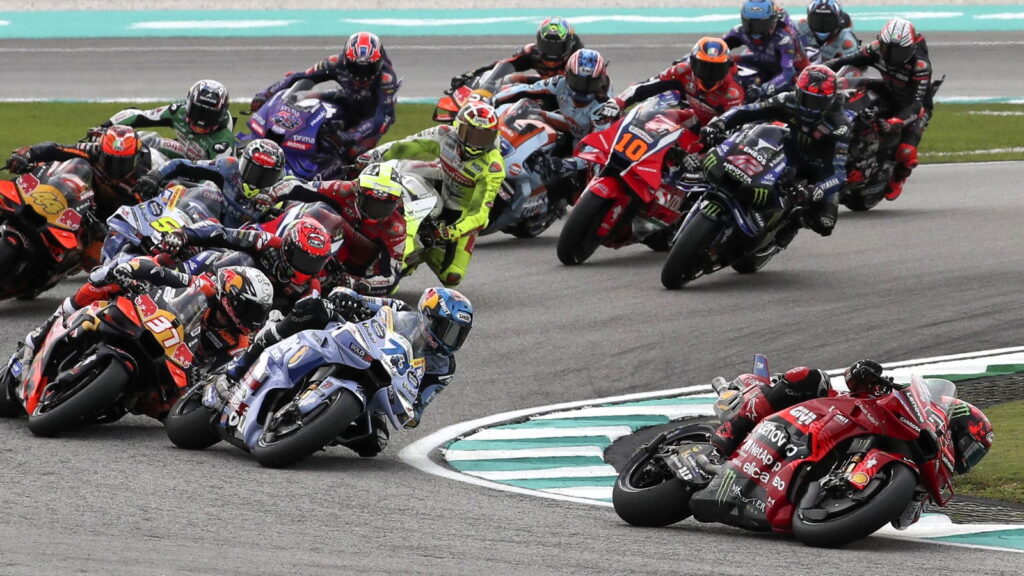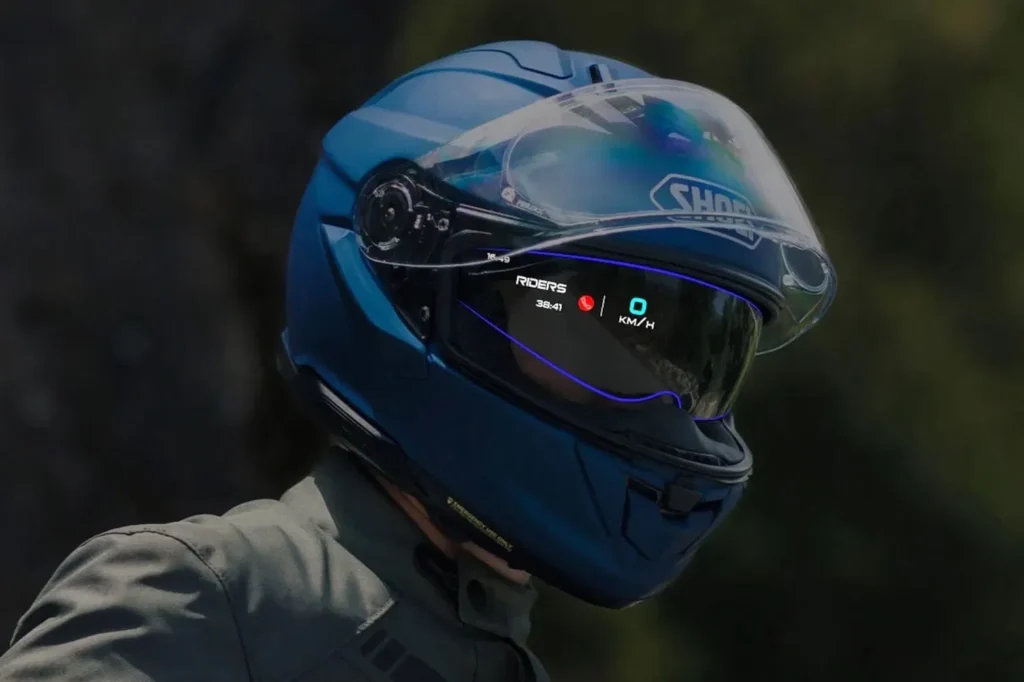QJMotor is one of several brands under the Qianjiang empire that keeps churning out model after model of bikes, some of which become Benelli, or at least share platforms. Case in point, the QJMotor SRT600 which is set to replace the SRT550.
The SRT550 was based on an important platform. As we mentioned earlier, its engine and chassis are the same as the Benelli TRK 502’s. The TRK 502 has since stopped production but is still available in Malaysia. This platform is also used by the MV Lucky Explorer 5.5, as the result of Qianjiang and MV Agusta’s coorperation.
But here’s something a bit confusing. Although the type-approval documents is for the new QJMotor SRT600, it uses the same 554cc capacity. However, there is a large increase in power, kicking up from from 47 hp to 60 hp. Looking through the catalogue, we find that power level in the SRK550RR and RS sportbikes, meaning the “new” SRT600 engine is actually the higher-spec unit.
One welcomed relieve (if the bike becomes Benelli and is sold in Malaysia), is weight reduction. The document lists 220kg, against the exhuastive 234 kg of old.
The SRT600’s design is also another welcomed change, breaking away from the cheap GS beaked look. Instead, QJMotor redesigned the bike to a more familial bond with the V-Twin powered SVT650 adventure bike.
Other features apparent in the pictures are Brembo radial-mount front brake calipers. Tyre sizes are 110/80-19 for the front and 150/70-17 at the back.
